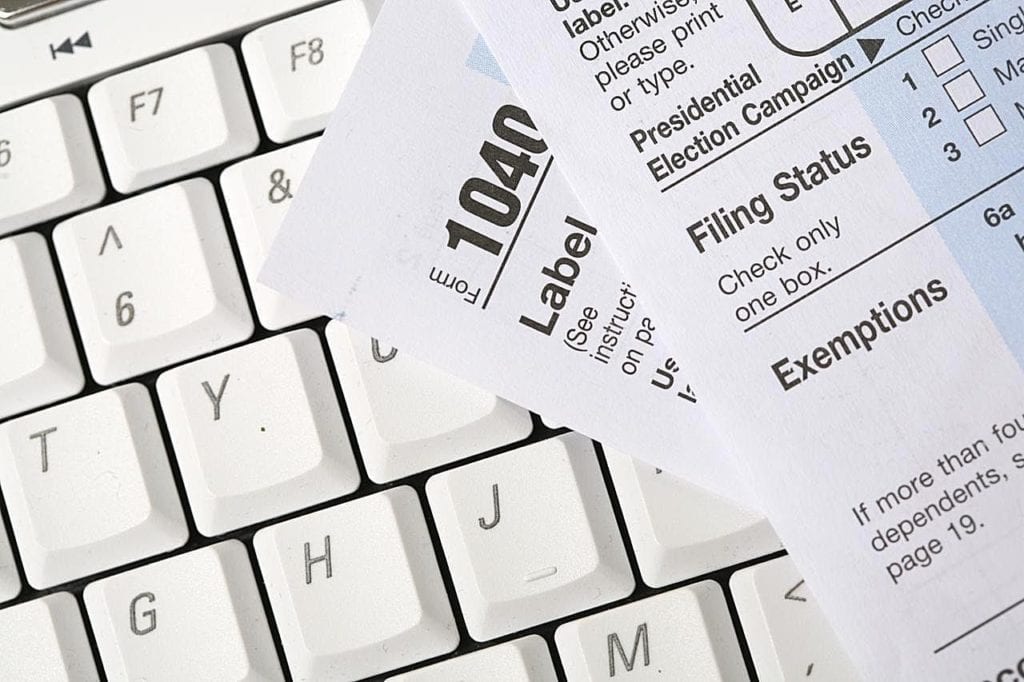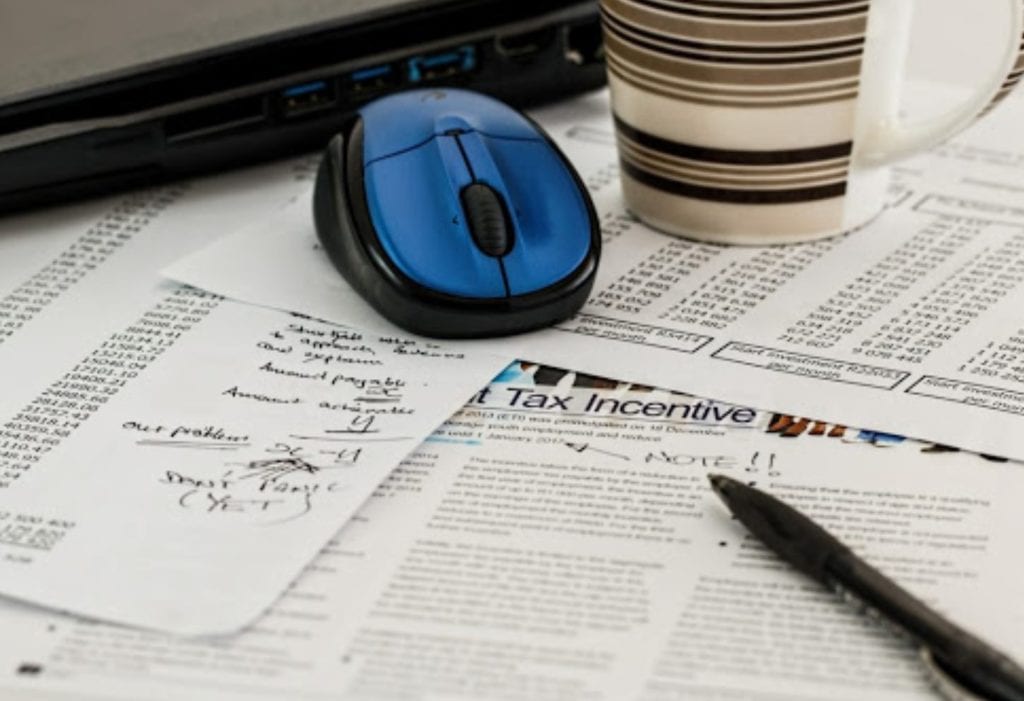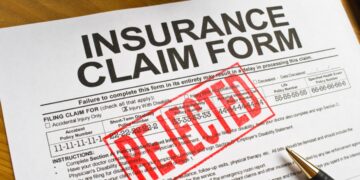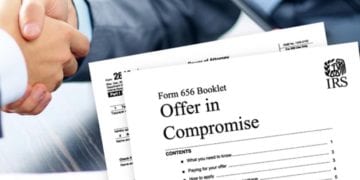Do you owe Uncle Sam after you filed 2019’s tax returns? It’s stressful to realize you’re on the hook for a big bill — even if you were expecting it — but you can’t ignore it. Burying your head in the sand could end up costing you.
The IRS applies what’s called a failure-to-pay penalty if you skip out on the bill. It’s a monthly charge that adds 0.5% of your unpaid taxes to what you owe, up to a maximum of 25%. Meanwhile, regular old interest will accrue daily on any outstanding balance.
These charges may make your life even more difficult. So what are you supposed to do?
If you’re slapped with a bill you can’t pay, you probably have a lot of questions. Like should you borrow money from a line of credit, or are there are more immediate solutions to your problem?
For answers to these questions and more, scroll down. Here’s what you need to know.
Using a Line of Credit to Pay Your Bill

When it comes to your taxes, think twice about putting the bill on a line of credit. Typical line of credit loans are designed to help you with minor, short-term emergencies when there is no other option.
While the IRS knocking on your door may feel like an emergency, it may not be the kind best remedied by a line of credit. That’s because you may have a few options still up to your sleeve.
Double Check it isn’t a Mistake

Doing your taxes on your own is easier, but it could lead to costly mistakes. Without knowing the ins and outs of income tax forms, it’s easy to overlook a tax credit, miscalculate your income, or forget a deduction.
Having a professional accountant check your return makes sure you didn’t make a costly error.
Don’t worry if you’re reading this after the April 15 deadline. You may be able to get a tax-filing extension until October 15 to file a corrected return.
Look into Payment Plans

If the second pair of eyes doesn’t reveal a glaring error, there may be nothing you can do about the size of your bill. But there may be a way to control when you pay it if you enroll in the IRS’s payment program.
The program extends your deadline, giving you more time to pay back what you owe. And, instead of paying it all in one lump sum, you may pay it back in several payments.
How big of an extension do you get? It depends on which of the two plans you qualify for.
- Short-Term: This gives you an extension of up to 120 days, free of charge. This means you won’t have to pay an additional charge for opting into this plan. But you will accrue interest and penalties until you clear your bill.
- Long-Term: This option gives you an extension of up to 72 months. You may have to pay a fee on top of the usual interest and penalties.
In either case, these payment plans give you a chance to set your monthly payment schedule, as well as your monthly payment amounts.
Sit down with your budget to figure out a payment size and schedule that:
- you can afford
- pays off your balance by the terms of your agreement
Apply for an OIC (Offer in Compromise)

Life is all about making compromises — even with the IRS. That’s why they’re willing to make certain concessions with your payments, as long as you prove there’s a true need for them.
An Offer in Compromise acknowledges you don’t have the means to pay what you owe, so it adjusts your debt to something more manageable.
Once you both agree on a more practical amount, you have to choose the way you pay it. As with the payment plans from above, there are two OIC options.
- Lump Sum Cash: You have to pay 20 percent of your offer upfront with your application. If the IRS accepts your offer, you may pay the remaining balance in five payments or fewer.
- Periodic Payment Offer: You have to make your first payment with your application. Then you have 24 months to pay the remaining balance in six or more monthly installments.
An OIC may be challenging to receive, as the IRS only approves people who can prove they’re facing considerable financial hardship. You’ll also have to submit a lot of paperwork and pay a non-refundable fee, so only apply if you’re sure you qualify.
Ask for CNC (Currently Not Collectible) Status

If you wouldn’t be able to pay your taxes even with the help of payment plans or an OIC, you may be able to defer making your payments.
The IRS grants Currently Not Collectible status to people who demonstrate they would not be able to pay their living expenses if they paid their taxes, too.
A CNC status essentially puts your tax collection on hold. The IRS will not ask for payments until it’s lifted, and it will only lift when you have a high enough income to balance both your living expenses and tax debt.
While you won’t have to make any payments, your bill will accrue interest and penalties for what you owe.
You Have Options!

Realizing you owe money to the IRS when you have no money to spare is stressful. But it’s no reason to let stress run the show; anxiety shouldn’t cause you to make bad decisions.
Compare the options you learned here today, and visit the Taxpayer Advocate Service if you have any more questions. They’re a helpful resource of information about your taxes and payment plans.
Even though the clock is ticking on your payment, take the time to read up on your options. Slowing down to educate yourself will help you choose the best solution for your finances.









